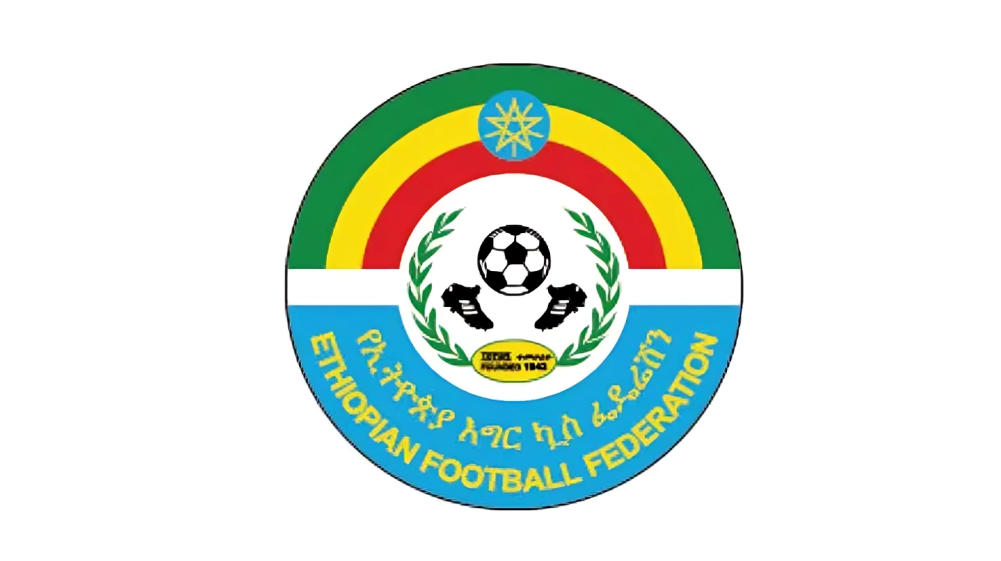With the FIFA World Cup nearing, the cities are working overtime to be ready. Apart from the stadium facility improvements, city transport planners and local governments are investing in infrastructure projects to cope with the massive influx of international fans.
Stadium Modernization
The focus of each of the host cities is placed mainly on the preparation of the stadiums. The renovations concern not only the seating capacity expansion but also the installation of the latest technology such as digital ticketing, eco-smart lighting, and the best turf management systems. Investments of this kind are aimed at improving the game for the players and comfort for the fans.
Transportation & Accessibility
In contrast to the stadiums, transport networks are getting a makeover. New metro lines are being introduced, with the development of airport facilities, which is fan transit hub friendly. The streamline transport between the hotels, stadiums, and cultural hotspots will be achieved through the stadiums. Furthermore, accessibility is a priority issue with the provision of better facilities for people with disabilities.
Community & Sustainability Goals
Moreover, the host cities have the World Cup in a different light – a platform for their long-term development. Examples include the establishment of green building standards and the installation of sustainable energy solutions that will have lasting benefits for the residents. Local businesses are preparing to cater to the millions of fans that will flood into the city and use the occasion as an opportunity to not just air their national identity but also showcase their expertise in a sporting context.
The mixture of being infrastructure-ready, setting up sustainability goals, and engaging the community shows how the World Cup is more than just a game but rather an economic catalyst and a longer-term vehicle of urban development.


